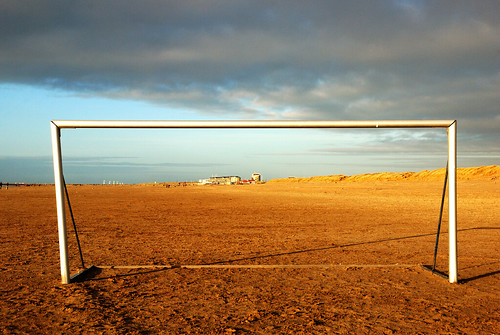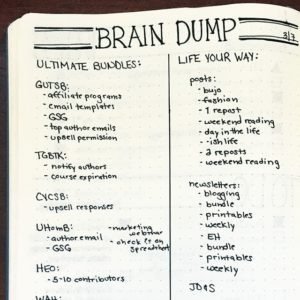The following post is from Sherri of Zen Family Habits: How To Set Goals and Succeed

When I first entered the workforce, I remember going through typical and possible interview questions to prepare me.
The one question that always had me stumped was, where do you see yourself in 5 years. I don’t know. Even now, I don’t know that I could adequately answer that question because five years ago, I would never have imagined that I would be where I am today.
Trying to set long-term goals is tricky. It’s tricky because our circumstances, desires, and knowledge change. I think the key is to not become so attached to where you want to be in 5 years and what that looks like in your head. Having that picture in your head, being happy along the way, and enjoying the journey is key to a happy and successful life.
So what’s the point of setting long-term goals when you likely won’t get there anyway? It seems kind of pointless to set long-term goals.
Setting long-term goals gives our life direction. Having goals that are off in the future allows us to live each day with a purpose in mind.
If our goal is to become debt free, we’ll think twice about eating out every day and purchasing a $3000 entertainment center. If we didn’t even know that becoming debt free was a goal or something we wanted, then we likely wouldn’t think twice about frivolous spending.
Table of Contents
How do we choose and prioritize goals to ensure success?
Prioritizing goals is something I think we all struggled with. We want to do so many things, only so many hours a day, and so much money in the bank account. Understanding what you really want and creating short-term and long-term goals will be immensely helpful.
Wanting to lose weight, run a marathon, become organized, or volunteer more are great goals, but if you really want to be financially independent in 10 years, these may not be the best goals to focus on. Sometimes there’s a disconnect between what you really want (and it may not be immediately obvious) and what you are actually doing or pursuing.
Here are some tips to help you decide what goals to set and how to prioritize them.
1. Begin with the end in mind.
I think this is the most important place to start. It’s tough to know what to do if you don’t know where you’re going. Brainstorm what your life looks like in various years into the future. What are your dreams, your hopes for yourself and for your family?
After a few minutes, look at what you’ve written down and ask yourself, do you really want that, or is it something you know would be nice to do but you don’t really have any intention of doing it.
2. Visualization.
Visualizing is important because you get to see what it looks like and, maybe more importantly, what it feels like when you achieve these goals. Using becoming debt free as an example — what does this look like, and how will you feel?
First, what it looks like – Debt free is being rid of all consumer debt and only having to pay for the mortgage and normal living expenses.
Secondly, imagine how it will feel – Being debt free has removed a lot of pressure. We’re not stressed about where we’ll get the money to pay for groceries each week, and we have more money to allocate to fun. We’re less anxious and feel happier as a family.
This exercise can go the other way as well. Sometimes reaching a certain goal may not make you feel any better. You won’t know for sure until you’ve actually made your way through the whole journey, but a detailed and honest visualization experiment is the next best thing.
3. Create a road map.
Having a goal staring at you can seem harmless enough, but sometimes the thought of getting started and not knowing what to do next can cause you to simply sit and do nothing.
Look at each goal independently and write down the absolute first step you need to take to get going. Then, write down the next actionable item you need to do and keep going until you have enough points to get going. The more detailed you can make this, the better.
4. Synergize.
Overlap your actionable items wherever possible. If you have two goals – losing weight and eating better – the two pretty well go hand-in-hand. While you may not have to walk to eat healthy, purging junk food from your pantry will certainly contribute to your weight loss and help you eat more healthily.
The closer your goals are aligned, the easier it will be to keep moving forward as one thing will effortlessly feed into the next.
5. Get started.
We can’t reach our goals without doing this step, yet it’s the most difficult for a lot of us to do. If you’ve done steps 1-4, there are no more excuses. There’s nowhere else to hide. Get going!
6. Re-visit.
This point is especially important if you’re like me and you tend to keep your head down and just do it until it’s done. Just like climbing a hill, if you keep your head down for too long, you can potentially spend a lot of time hiking in the wrong direction.
Every once in a while, lift your head and take a look around. Re-visit what you are doing and if it’s still what you want to be doing. Seeing where you are and how far you’ve come can be really inspiring.
What part of goal setting and achieving do you struggle with the most?
| Sherri is a work-at-home mom to two young boys and has been married to her high school sweetheart, Gwynn, for 13 years. Read more from Sherri at Zen Family Habits, where she talks about all things family. | |




